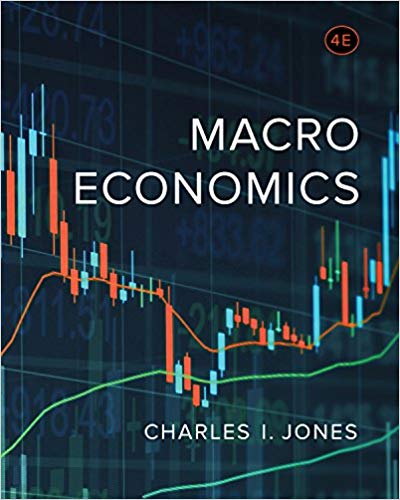The Roaring Twenties led to an enormous run-up in stock prices. By 19281929, policymakers at the Federal
Question:
The “Roaring Twenties” led to an enormous run-up in stock prices. By 1928–1929, policymakers at the Federal Reserve had become concerned that there was a bubble in the stock market. In response, they tightened monetary policy by raising interest rates sharply. Answer the following questions:
(a) In an IS/MP diagram, show the effect on the economy of the increase in interest rates by the Fed.
(b) This policy had the desired effect of “popping” the stock market bubble, and stock prices fell sharply at the end of 1929 and into 1930. This created uncertainty in markets about the future, which, together with the loss in stock-market wealth, reduced consumption and investment. Show this second shock in your original IS/MP diagram.
(c) What is the effect of these two shocks on inflation? Show this in a graph of the Phillips curve. In the late 1920s, the average inflation rate was approximately zero. What will happen to the inflation rate over time in response to the shocks in parts (a) and (b)?
(d) Suppose the Federal Reserve left the nominal interest rate unchanged in response to the changes in inflation from part (c). What further change would have occurred in the IS/MP diagram?
(e) Summarize what you learn from this exercise about the Great Depression.
Step by Step Answer:






